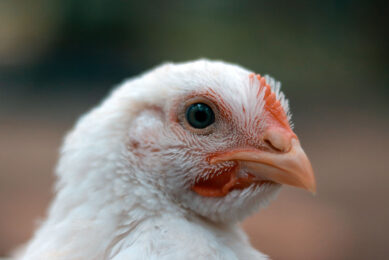According to a report by the Food and Agriculture Organization of the United Nations (FAO) and the Organisation for Economic Co-operation and Development (OECD), global production of animal agricultural products, including seafood, is projected to grow by 14% over the next decade. This surge comes as populations worldwide are anticipated to consume more animal products, with average individual consumption expected to increase by 6%.
This notable growth in animal product consumption is particularly prevalent in emerging economies experiencing rising prosperity, while consumption levels in high-income countries remain significantly higher. Conversely, regions with the least economic resources will continue to show relatively low levels of animal product consumption.
Consumption Trends
Over the next ten years, global consumption of meat, fish, and dairy is forecasted to increase by 13%. The growth is expected to be predominantly driven by middle-income countries, where population growth and enhanced individual wealth generate higher demand for such products.
In these regions, population growth accounts for half the increase in consumption, while the other half is attributed to higher per capita consumption rates. Meanwhile, in poorer countries, the total consumption will rise due to population growth, despite stagnant per capita rates.
Food Transportation Dynamics
The report also highlights a significant rise in food transport needs, predicting that 22% of all calories consumed will be imported in a decade. This shift underscores a growing trend where food production is increasingly distanced from consumer markets, thereby heightening the importance of international cooperation in food supply chains.
Boosting Agricultural Productivity
A key factor behind increasing production is the enhancement of productivity per animal and per hectare of farmland. This improvement stems from innovations in technology, substantial capital investment, and the intensified use of fertilizers and supplementary feeds, especially in mid-sized economies. Nevertheless, there is also an expected expansion in agricultural land, particularly in Africa and South Asia, where access to modern agricultural methods may remain restricted.
Environmental Impacts
Despite the rising agricultural production, greenhouse gas emissions from primary agriculture are anticipated to increase only by 6%, which is notably less than the expected production growth. This trend signifies a decrease in emissions per kilogram of production. Experts suggest that further improvements are feasible; by adopting low-emission techniques, a 15% productivity increase paired with a 7% reduction in emissions could be achieved.





